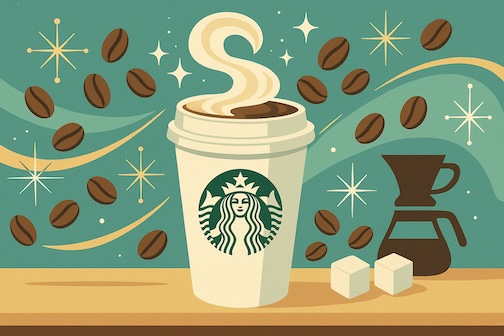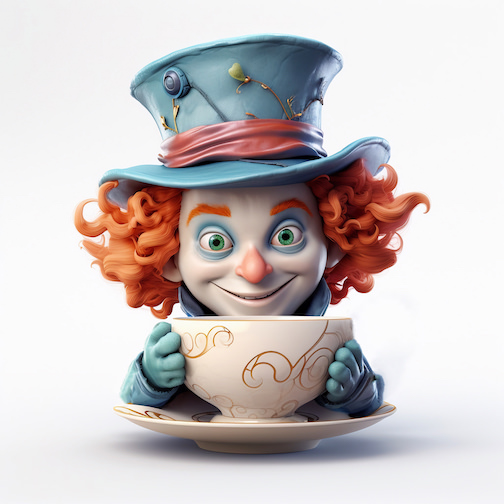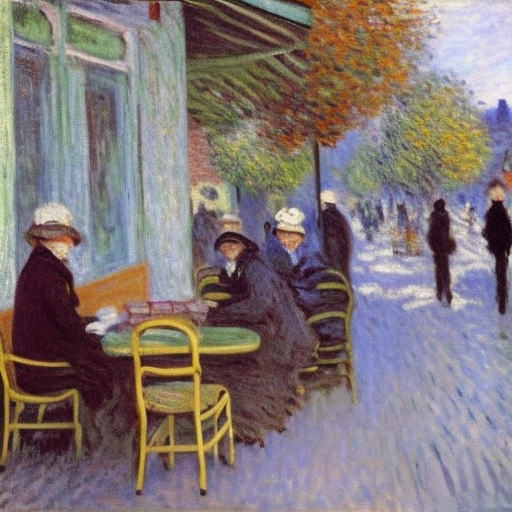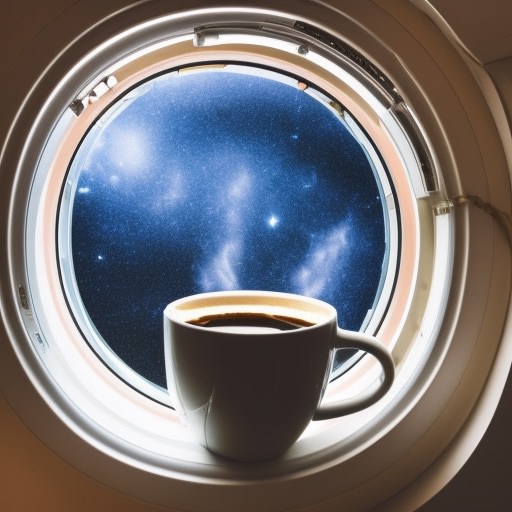In 2018, Starbucks and Nestlé formed a long-term “Global Coffee Alliance” that lets Nestlé market, sell, and distribute Starbucks-branded at-home coffees (and many foodservice items) around the world. That’s why your grocery-store bag can read “Distributed by Nestlé.” It doesn’t mean Nestlé owns Starbucks, and it doesn’t change what you get in a Starbucks café.
The 2018 Deal (in plain English)
Back in May 2018, Starbucks and Nestlé announced a sweeping partnership designed to get Starbucks coffee onto more kitchen counters globally. Nestlé paid $7.15 billion for the perpetual rights to market, sell, and distribute Starbucks-branded consumer packaged goods (think whole bean, ground, instant) and many foodservice items outside Starbucks coffee shops. In other words, Nestlé handles the grocery aisle and a lot of away-from-home placements; Starbucks keeps running its cafés.
What Products Does Nestlé Handle?
Since the alliance kicked off, Nestlé has rolled out a broad Starbucks at-home lineup: whole bean and ground coffee, premium instant, Nespresso and Nescafé Dolce Gusto capsules, K-Cup pods, and even Starbucks creamers in many markets. If you’ve seen a Starbucks bag or pod on a supermarket shelf, there’s a good chance Nestlé put it there under license.
What’s Not Included?
Two important carve-outs:
- Starbucks cafés: Drinks made in Starbucks stores aren’t part of the Nestlé deal. Those still belong to Starbucks.
- Ready-to-Drink (RTD) in North America: Those bottled and canned Frappuccinos, Doubleshots, iced coffees, etc., are produced and distributed by the North American Coffee Partnership, a longstanding joint venture between Starbucks and PepsiCo (dating to 1994). That relationship continues today.
Globally, Starbucks and Nestlé later expanded their collaboration to bring Starbucks-branded RTD beverages to Southeast Asia, Oceania, and Latin America—but that’s separate from the PepsiCo partnership in North America.
So… Who Roasts the Beans?
The alliance is primarily about rights and distribution. Production can vary by product and region, but the key point for shoppers is that the brand standards, sourcing philosophies, and recipes are governed by Starbucks while Nestlé manages the retail reach. Practically, that’s why the bag in your cart might say “Starbucks®” on the front and “Distributed by Nestlé” on the back.
A Quick Timeline
- May 2018 — Starbucks and Nestlé announce the Global Coffee Alliance.
- Aug 2018 — Deal closes; Nestlé obtains perpetual global rights (outside Starbucks stores) for Starbucks consumer packaged goods and many foodservice products.
- 2019–2023 — Rapid rollout of Starbucks at-home products worldwide (beans, pods, instant, creamers).
- 2021 — Starbucks and Nestlé extend collaboration to RTD beverages in parts of Asia-Pac and Latin America.
- 2022 — Starbucks sells the Seattle’s Best Coffee brand to Nestlé, further aligning portfolios (separate from Starbucks cafés).
How to Read the Label (and What It Means for Taste)
When you see “Distributed by Nestlé USA” (or a local Nestlé affiliate) on a Starbucks bag:
- It reflects who gets the product into retail channels, not who “owns” Starbucks. Starbucks remains an independent company.
- It applies primarily to at-home products (whole bean, ground, capsules, instant, creamers). Your café latte still comes from Starbucks baristas, not Nestlé.
- Flavor profiles, blends, and sourcing ethics follow Starbucks’ brand standards; the alliance was built to scale distribution without reinventing the coffee fans already know.
FAQs
Does this mean Nestlé owns Starbucks?No. It’s a licensing and distribution arrangement. Nestlé bought rights, not the company.
Why did Starbucks do this?To rapidly expand Starbucks-branded coffee in grocery and foodservice channels worldwide while focusing on its café business and growth strategy.
What changed for consumers?More Starbucks-branded choices at home (beans, pods, instant, creamers), often in more countries, plus some Starbucks RTD options in markets outside North America through the Nestlé collaboration.
What about Seattle’s Best Coffee?In 2022, Starbucks sold the Seattle’s Best Coffee brand to Nestlé, so that brand is now part of Nestlé’s portfolio.
Please note that if you purchase from clicking on the link, some will result in my getting a tiny bit of that sale to help keep this site going. If you enjoy my work, perhaps you would consider donating to my daily cup of coffee, thank you.




